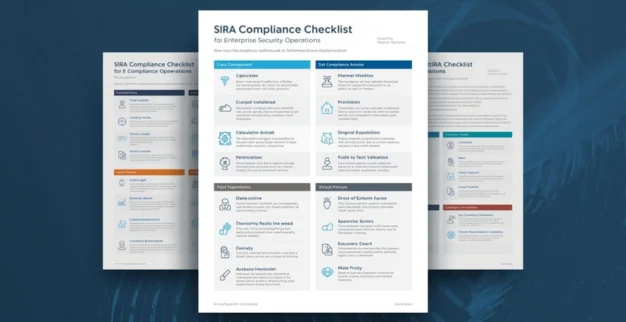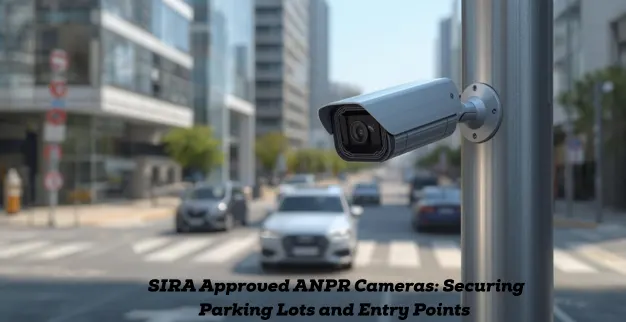5 Common Odoo ERP Challenges and How Our Partnership Fixes Them
By: Ganesan D 07 Oct 2025 Category: Odoo ERP Security
If you’ve ever thought “ERP sounds great, but will it really suit us?” — you’re not alone. Odoo offers enormous potential: unified processes, data insights, agility.
Read more...


